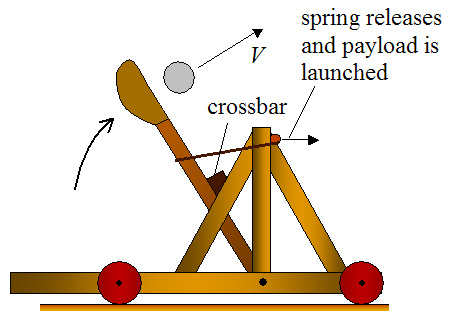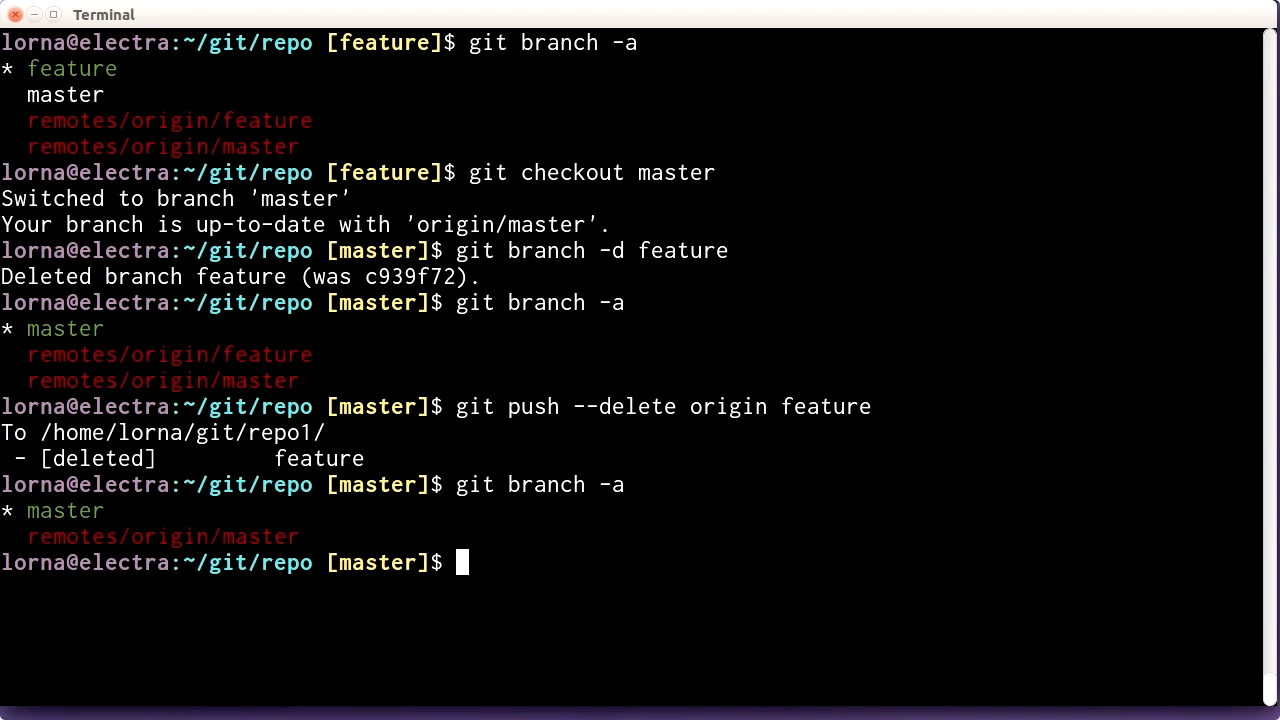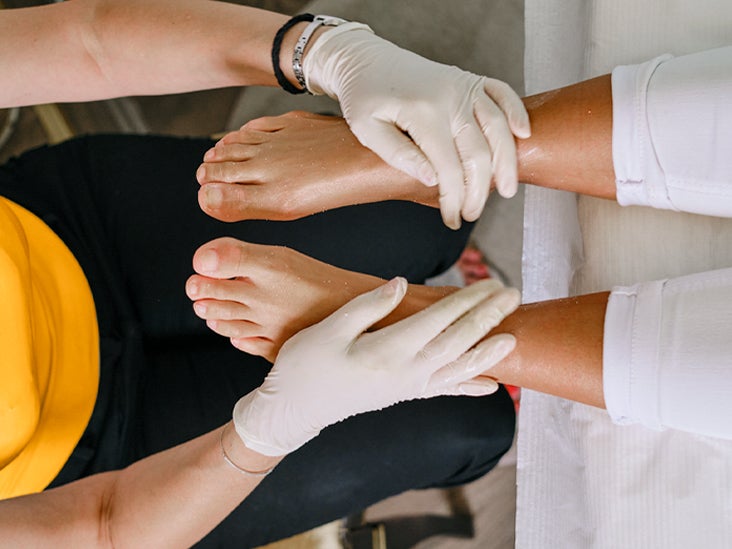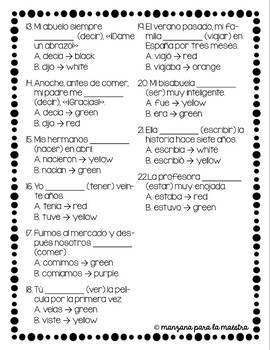catapult design plans for physics
Step 3 is the planning on paper stage. Slide the five sticks in-between the two sticks as shown.
Da Vincis Spring Catapult is an interesting study in catapult design.

. Experiment with different variations or create a unique design. Should be clear and concise012Design Plan. Research and design a projectile launcher catapult ballista trebuchet etc that converts either elastic potential energy or gravitational potential energy into kinetic energy to launch.
Place it atop your 2x4 planks. Easy Up cycled DIY Catapult. Two-Stage Balloon Rocket.
Secure this firmly with tape which acts as a kind of hinge. Wrap one end of the rubber band around one end of the catapult arm about 1 or 2 cms. Here is a free editable template to organize a project in which students will.
In 2420 In an effort to reduce costs to re-supply deep space stations explorer ships and planetary terra-farming communities the United Federation of Planets asked all of its member races to. Building catapults is an Engineering challenge where students learn how to follow a design process but also learn physics and maths. Students can observe the best amount of force to launch further or higher.
Build a multi-stage balloon rocket and explore Newtons laws of motion. Tape it down to the floor. Students can experiment with the amount of effort or force used when pushing down on the end of the catapult.
Catapults are also widely used as experiments in engineering and physics classes to explain the students about the engineering design process concept. Module Two Structural Performance Investigation. Leonardos spring catapult uses tension converted to torsion to launch its projectile.
Students can then test the best design by determining which catapult launches the object the furthest. A catapult made out of popsicle sticks is the perfect kids activity for simple physics. This will not be your final project.
All data must have units and data tables should be clearly labeled. Lastly attach the other end of the rubber band to the top of the catapult. This forms one base leg of your catapult.
All data taken should be listed in this section. Screw down your triangle securely to your 2x4s. Place a cotton ball or other item use same items for all models in tests in.
Allow students to make various versions of the catapult. The Spring Catapult is perfect for demonstrating ancient design and technology as well as the physics of tension torsion and basic machines. POPSICLE STICK CATAPULT FOR KIDS STEM.
Exploring physics has never been so exciting for kids because everyone loves to launch stuff into the air. It is uncertain what the origin of trebuchet is. Ad Browse Discover Thousands of Computers Internet Book Titles for Less.
Draw out your design. This Popsicle stick catapult design is an AWESOME STEM activity for kids of all ages. May 14 2017 - Explore lisa pantulianos board Catapult plans on Pinterest.
Then attach the other end of the arm to the base where the three triangles meet. Lesson Guide Testing Your Catapult Testing Your Catapult 1. Stack two craft sticks and wrap a rubber band around only one end.
Complete description of the catapult and diagram with all parts labeled and clearly drawn01-23Data. Catapult design plans for physics Ditulis Concepcion Mcbride Selasa 22 Maret 2022 Tulis Komentar Edit. Put your catapult in an open area with a sturdy flat surface such as a table or an open space on a hard floor.
Build a Popsicle Stick Catapult. Today we are going to learn different ways of making DIY Catapults using different key materials. Stack five craft sticks together and wrap a rubber band around each end.
Using your catapult calculate the exit velocity that occurs during the launch by the projectile. See more ideas about catapult catapult project catapult diy. Most ancient catapults used either tension or torsion for motive force.
The History of the Catapult This classic STEM activity was first invented in 400 BCE. Design and build a catapult capable of launching a small round projectile a light weight golf ball more than 12 ft and up to 40 feet away in order to accurately hit a target. Build and experiment with a simple catapult made from wooden sticks and rubber bands to explore the physics at work in a catapult.
Place catapult at the starting line. Clear about a meter of open space for the cotton ball to fly and land. Place a cotton ball in the launching cup push the cup down just a little bit and let go.
Simple craft stick catapult. Next you will want to gather your supplies possibly head to the store and then you can build a simple design to see if your idea works. Catapult design as they will be tweaking the distance the rubber band will be stretching - and therefore the potential energy of the band the force upon the supporting structure of the catapult and the force applied to the launched projectile NGSS-MS-PS3-2.
My Physics students favorite project is building a catapult its almost a rite of passage for Physics students. Use your model catapult to explain key physics concepts. The 18 side of your plywood will be vertical to your 36 plank its base parallel with the 36 plank and its diagonal will approximately span the distance between the two ends each 2x4 plank.
Use a tape measure. Put your catapult in an open area with a sturdy flat surface such as a table or an open space on a hard floor. Plan the materials that you might need to build the perfect catapult for your school project.



















